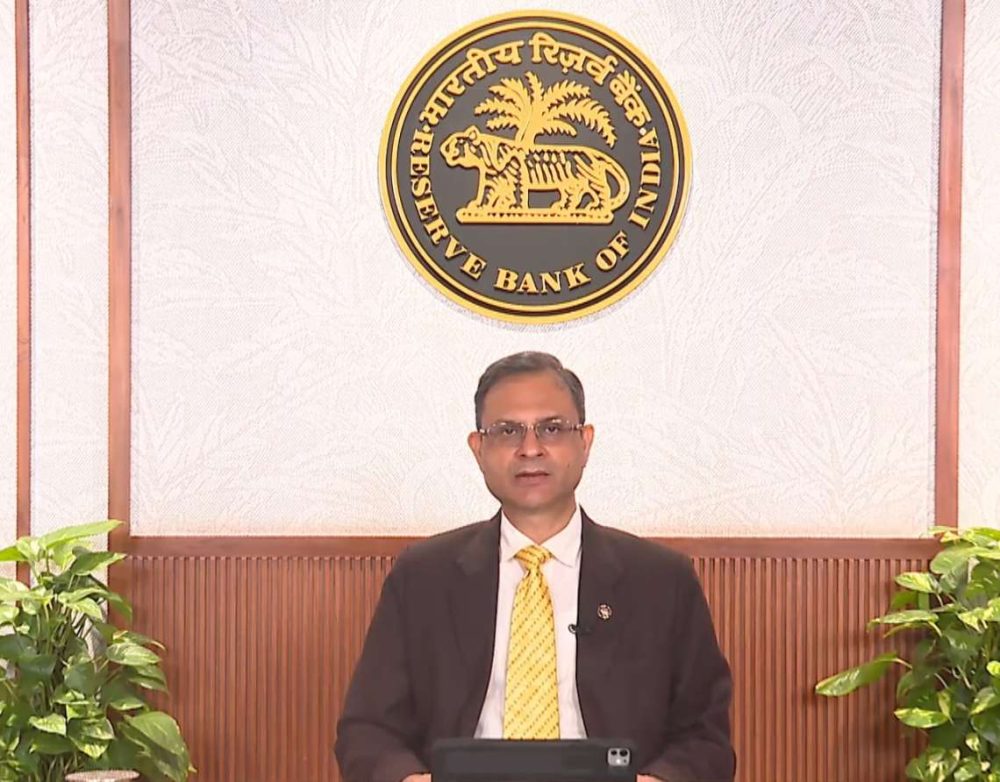The Finance Ministry has laid down the growth numbers in foreign institutional investment (FII), foreign portfolio investments (FPI) and corporate bond issuances to show a positive momentum in the Indian economy.
“The Indian growth story continues to expand as is demonstrated by the trends in FPI, FDI and Corporate Bond Market flows that indicate and underline the beliefs of investors in the strength and resilience of Indian economy,” an official statement said.
The last two months, October and November, have witnessed a significant resurgence in FPI inflows, driven primarily by equity inflows resulting in the highest ever FPI inflows for a month for India, it said.
As of November 28, FPI inflows stood at Rs 62,782 crore. Of this, equity inflows amounted to Rs 60,358 crore while FPI net investment in debt and hybrid was to the tune of Rs 2,424 crore, it said.
Regarding the equities segment, the inflows in November 2020 is the highest amount of money invested ever since FPI data has been made available by the National Securities Depository Ltd.
FPI flows are known to be less resilient and more sensitive to changing market conditions. Investments through the FPI route are therefore gauged through the metric of net inflow and outflow. In October and November 2020, FPIs primarily witnessed inflows into India.

Further, total FDI inflows into India during the second quarter of financial year 2020-21 (July 2020 to September 2020) have been $28,102 million, out of which FDI equity inflows were $23,441 million or Rs 174,793 crore.
This takes the FDI equity inflows during the financial year 2020-21 upto September 2020 to $30,004 million which is 15 per cent more than the corresponding period of 2019-20, said the Finance Ministry statement.
In rupee terms, the FDI equity inflows of Rs 2,24,613 crore are 23 per cent more than the last year.
In H1 FY21, the total corporate bond issuances amounted to Rs 4.43 lakh crore, 25 per cent higher than Rs 3.54 lakh crore in the same period last year.
The narrowing spread with G-Secs stands testimony to the improved risk perception of corporate bonds.
“Further, the cost of funds also moderated for both the government and the corporate, on the back of RBI’s monetary easing and liquidity infusion, thereby bringing down yields in the various segments of the debt markets,” said the statement.
Also Read: Biden names Indian-American as head of inauguration team








